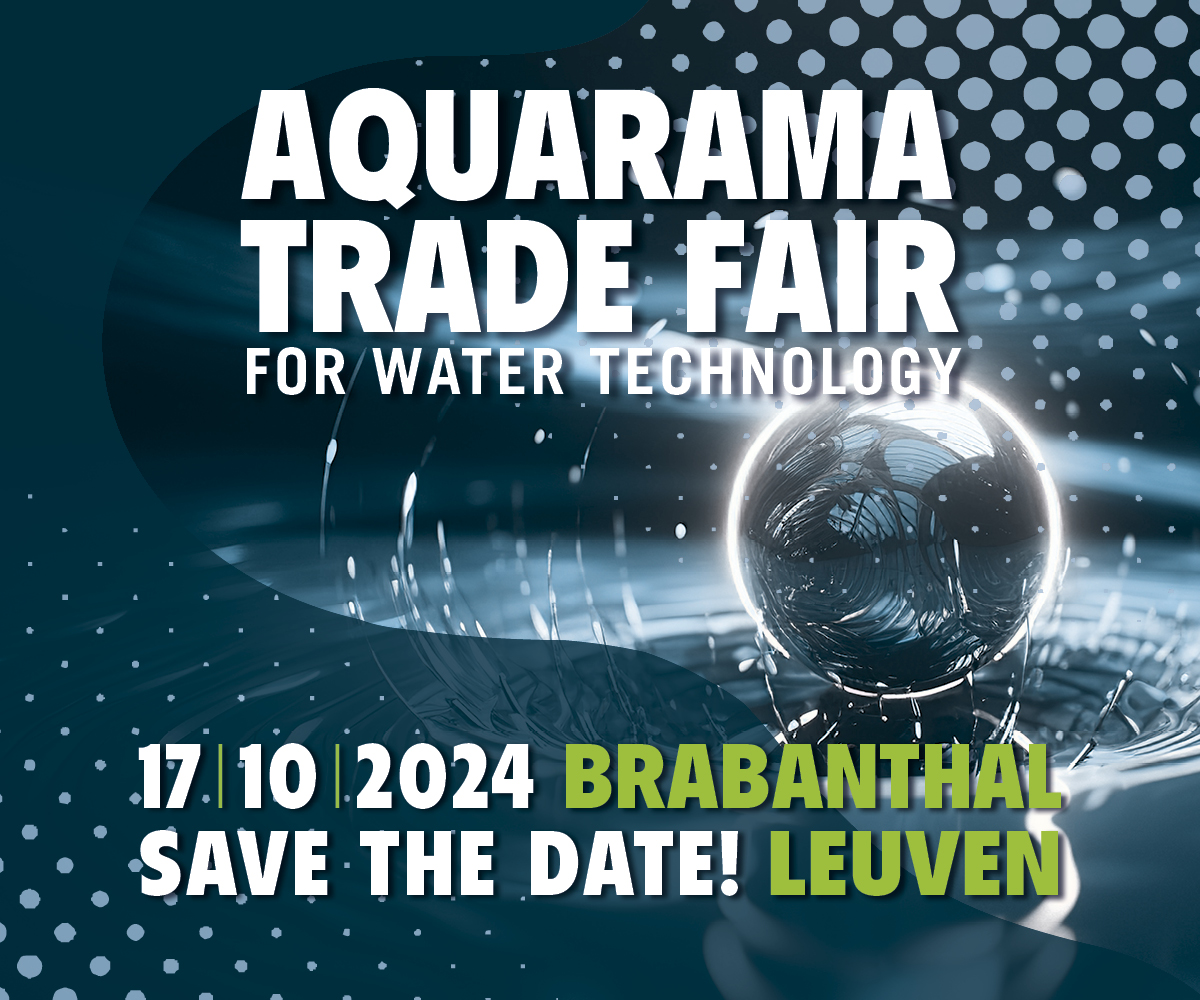ENGINEERINGNET.EU --The Plextronics-Holst partnership’s goal is to improve the scaling of lab device performance to large area OLED lighting and signage devices.
This is game-changing technology that opens the door to many possible lighting applications in living and working environments.
Plextronics specializes in solution-based hole-injection layers and hole-transport layers. It will make its current hole injection and hole transport inks available within the Holst Centre research program and in return can benefit from the research results for further optimization.
Ton van Mol, Program Manager Flexible OLED Lighting and Signage at Holst Centre said: “Plextronics unique knowledge perfectly complements the existing expertise in the program. It adds strength to the shared effort aimed at making flexible, affordable, and durable OLED lighting commercial products for future lighting solutions.”
Mathew Mathai, Director, OLED Lighting at Plextronics: “Holst Centre is a leading research institute for printed electronics that is renowned for facilitating partner companies to use the open innovation model. Plextronics will apply the knowledge gained from this work to enhance its own technology."
BACKGROUND
An OLED device consists of a light-emitting material in between conductive and protective layers. In order to maximize the electrical current running through these layers, hole injection and hole transport layers are needed between the anode and the light-emitting material. For low-cost processing on flexible substrates, the materials to deposit these layers need to be compatible with solution-based roll-to-roll processing.











